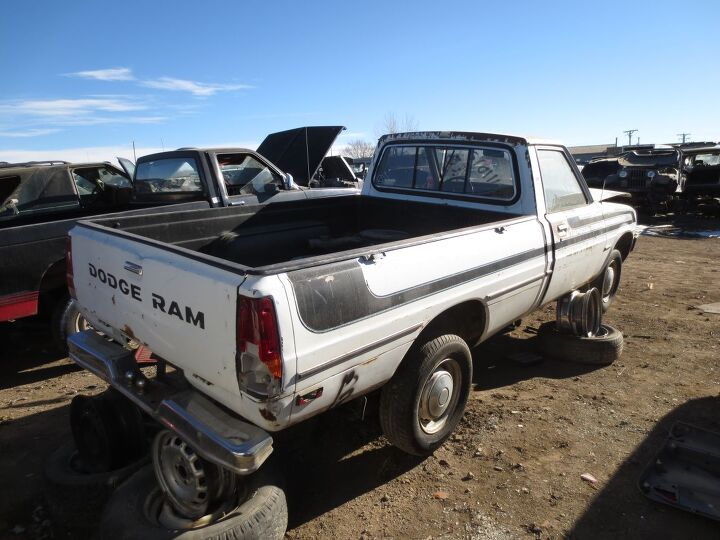#Triton
2024 Mitsubishi Triton Revealed, Should It Come to America?
The 2024 Mitsubishi Triton has made its global debut and everyone is already talking about how the midsize pickup might perform in our truck-heavy market. Though it could be argued that the vehicle was never intended to accommodate our needs and therefore has no business coming here.
Assembly of the Triton (also known as the L200) has been focused on Thailand and Brazil for over a decade because those are its most important markets. That was kept in mind when developing the new model, as it comes with a 2.4-liter diesel engine and drum brakes at the rear.
Junkyard Find: 1982 Dodge Ram 50
There was a time, when American truck shoppers were willing to tolerate the shame of driving small pickups, when the members of the Detroit Big Three couldn’t/wouldn’t build their own and thus sold rebadged Japanese trucks. GM had the Isuzu-built Chevy LUV, Ford had the Mazda-built Ford Courier, and Chrysler had various flavors of the Mitsubishi Forte aka Mighty Max. In 1982, you could get your Forte as a Mighty Max, a Plymouth Arrow, or a Dodge Ram 50. Though you could buy the Ram 50 until 1986, examples of this truck are very rare these days. Here’s one that I spotted in a Denver yard last week.

















Recent Comments